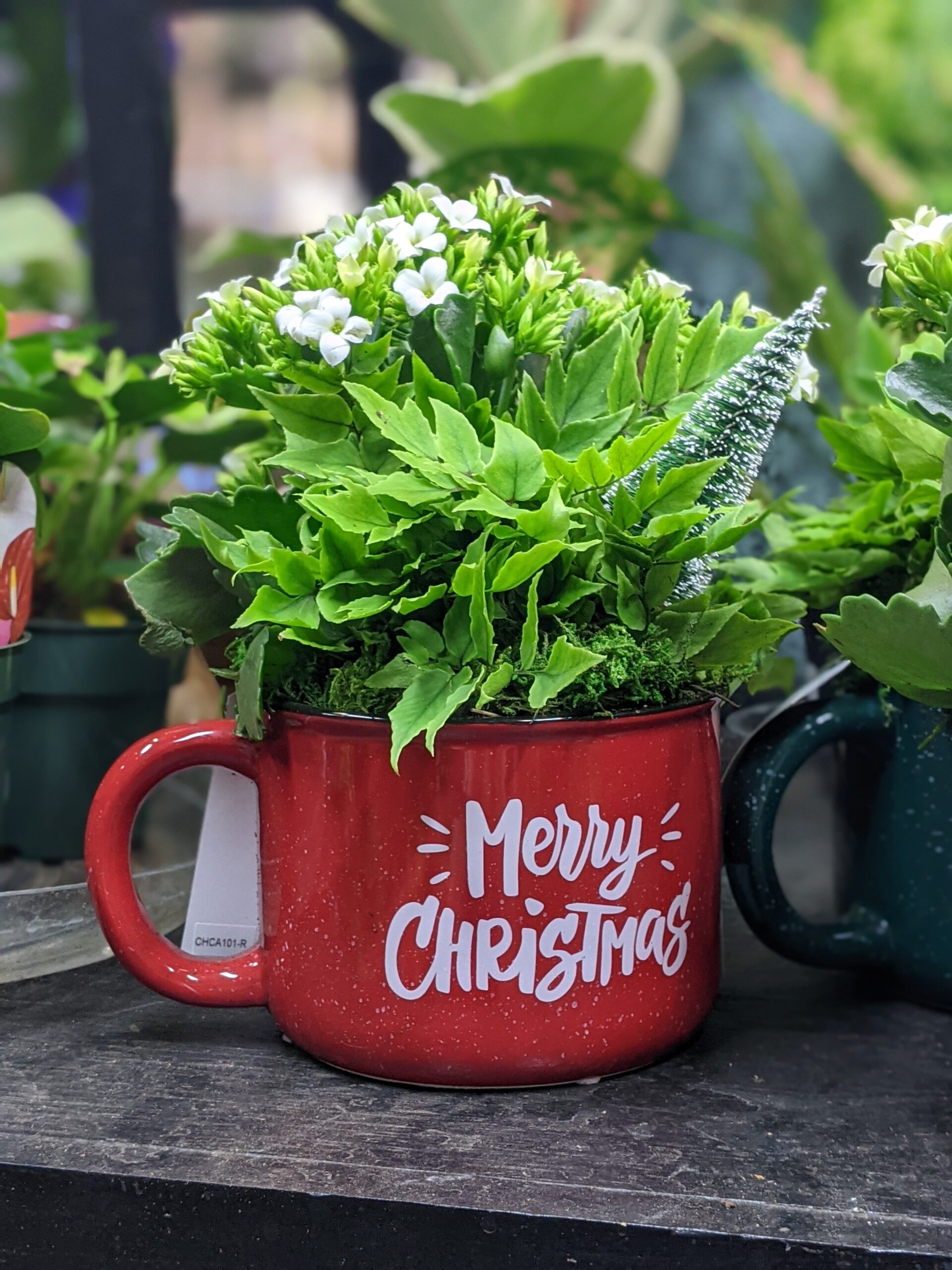Many plant parents will ask us, “What houseplants will grow in low to no light”?
The real answer is, no plant will grow in the dark. Plants grow through the photosynthesis process. No light equals no growth. Now, that doesn’t mean that your plants need to be in a room with a wall of glass facing South either. To be honest, the vast majority of houseplants wont be happy if they are baked in the sun. So, what do you do if you live in an apartment where all of the windows face North or, you just want some signs of life in a stuffy office with no windows at all? We’re here to tell you, there are options!
The first step is to choose the right plant. As we discussed in a previous blog post, ‘The Best Houseplants for Beginners’, there are several plants that we categorize as ‘almost impossible to kill’ due to their minimal light and water requirements. Our top five picks are the following.
- The ZZ Plant
- Sansevieria
- Pothos
- Monstera
- Dieffenbachia
But what makes these plants more tolerant than others? Why are they so special? The answer is, some plants must adapt to their natural environment to maximize light and others will adapt to a man made environment. The ZZ and Sansevieria are by far the most adaptable when it comes to light as well as water. Their broad leaves allow a larger area to take in even minimal light and maximize its efficiency. The Pothos, Monstera and Diffenbachia also have a broad surface area but also benefit from their thinner leaves which can filter light to those below them.
It’s important to note that low light plants will also require much less water. Because the photosynthesis process is happening at a slower rate, the uptake of water and nutrients from the roots is also more sluggish. Over watering can literally drown the plant and lead to root rot. It’s better to err on the side of caution and allow these plants to completely dry out between waterings.
Now let’s address the no light situation. Closed spaces such as office buildings will use either LED or florescent lighting. When adding plants to your office its important to understand the basics of light and the limitations of both LED and florescent. First, the light spectrum in nature runs on a scale from blue to red. Blue light is responsible for green growth and red light is responsible for bloom. When constructing a building, the builder is only interested in creating functional blue light for the work space, and this light is usually high over your head and nowhere near the intensity of the suns natural rays. When bringing a plant into this space, it’s tendency will be to reach for any light it can find. If that light is far away you may notice your plant stretching in one direction to reach it or, it may become completely stunted and eventually die. The best solution is a small grow light placed directly above the plant. Today there are numerous grow light options specifically designed to be attractive and noninvasive for living rooms and offices. Grow lights also open you up to a wider variety of plants that you can enjoy indoors. Just be sure to choose the right spectrum of light for the plant. Blue for foliage plants and Red for plants that bloom.
Now, stop worrying that your space doesn’t have enough light to bring in the joy of a houseplant. With some thoughtful selection and basic light and watering guidelines your on your way to successful growing in low light.

